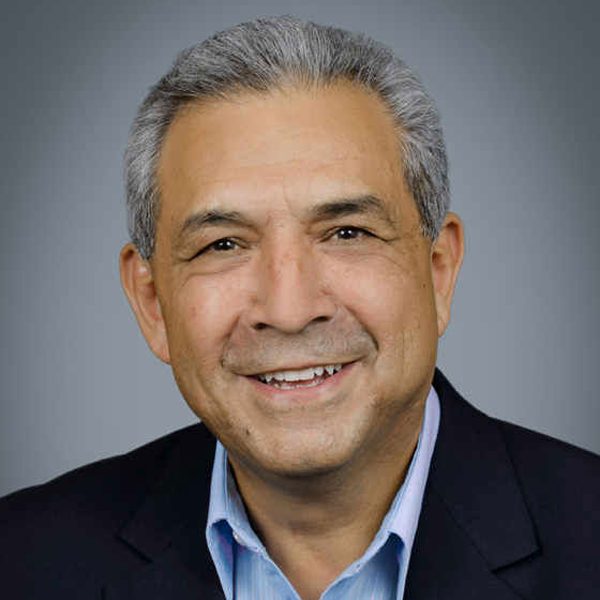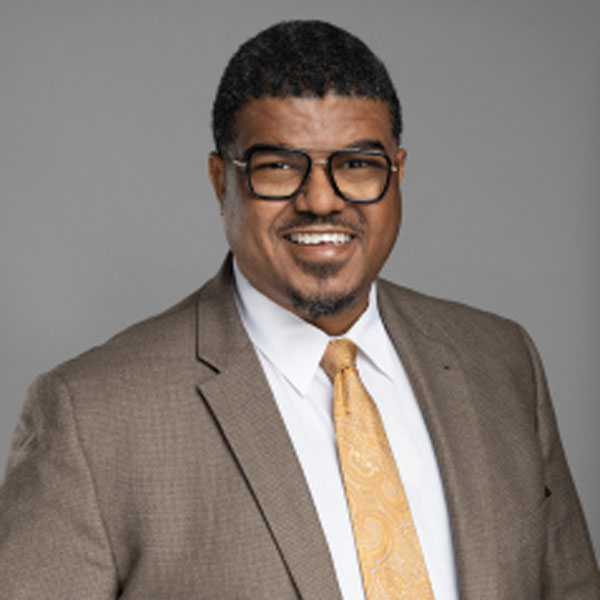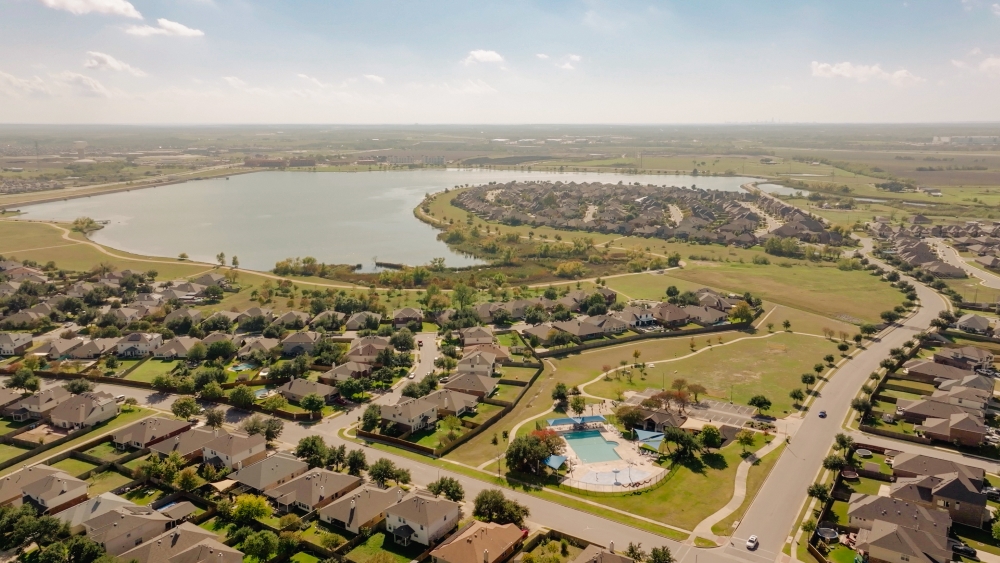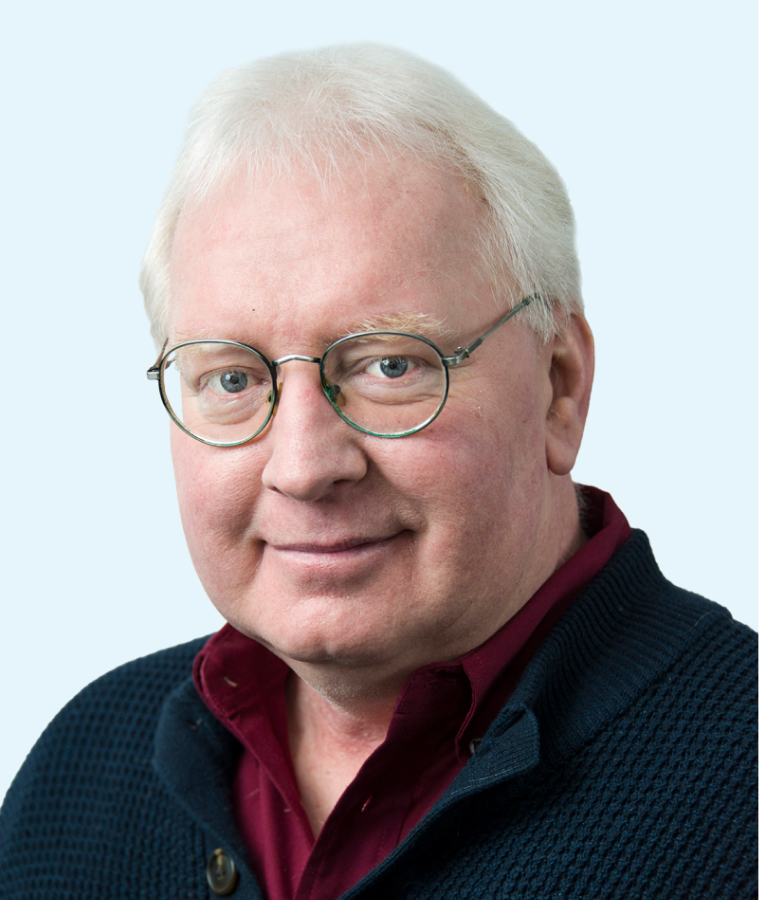A top 15 national ranking adds to the appeal in talent attraction.

Mayor Victor Gonzales
Pflugerville Mayor Victor Gonzales says there are many reasons why this booming Austin suburb in Central Texas was recently named the No. 15 Best Place to Live in America by U.S. News & World Report.
“We had 272 people in Pflugerville when I was born,” he says. “We have 70,000 people now. We are the trail capital of Texas, and we are just 15 minutes from downtown Austin. Pflugerville is a regional draw. We are not a small town anymore.”
Gonzales says Pflugerville’s lofty ranking stems from its overall attractiveness to workers and their families: “Our schools, our public safety and our commercial business growth set us apart,” he says. “When families move here, they want the best schools for their children. Our school district is one of the best in Texas.”
They also come for the jobs, and on that count Pflugerville ranks among the best performing cities in Texas. Pflugerville excels at job creation because it invests heavily and regularly into worker training and talent attraction.
The holy grail of economic development is workforce development, and no one understands that better than Jerry W. Jones Jr., executive director of the Pflugerville Community Development Corporation (PCDC).
Jones knows that in order for his city to maintain its competitive edge as a magnet for business, it must constantly up its game in worker training, higher education, and talent attraction and retention. Each of these areas is addressed in detail in the recently produced Pflugerville Workforce Study commissioned by the PCDC. Among the key takeaways, says Jones, is the need for greater alignment across all aspects of the workforce ecosystem.
“The most important thing we learned from our recent Workforce Study is the critical need for better alignment and proactive engagement across our workforce ecosystem,” says Jones. “The study highlighted existing and projected misalignment between K-12 CTE [career technical education] inventory, current local training programs and the specific talent needs of our growing target industries. It underscored that while we have foundational elements, a more unified, data-driven approach is essential to build pipelines ahead of demand, rather than just reacting to current shortages. This also includes identifying and addressing the barriers to work that exist for various segments of our population, which directly impact workforce participation and the supply of talent.”
The goal is to make sure that Pflugerville is able to produce the in-demand talent needed by employers. Just as Pflugerville more than doubled in size from 28,000 residents in 2000, Greater Austin nearly doubled from 1.25 million people in 2000 to 2.313 million today.
Keeping up with growth means constantly enhancing worker preparation. Jones says Pflugerville will use the new study to get even better. “As a result of this study, Pflugerville plans several changes,” he says. “For adult education and reskilling, we are actively pursuing clarity on how the Pflugerville Independent School District’s CTE Center can be used for adult training in the evenings and on weekends. This includes working toward a memorandum of understanding with PfISD and collaborating with partners, such as WFSCA/Skill Point Alliance, to develop targeted programs. For CTE training, we are working with PfISD CTE leadership to identify the needs of our primary employers. This will allow PfISD to develop pathways that address these needs, ensuring instructional alignment with future target industries. We will also socialize the importance of this alignment across various community groups and businesses.”
Help Wanted: Technical Skills
In recent years, Pflugerville has experienced a growing need for workers trained in robotics, CNC, computer science and 3D printing/additive manufacturing. These are the jobs being created at workplaces like that of Cortec Precision Sheet Metal in Pflugerville.
Cortec General Manager Manuel Teschera says that area schools and training centers produce top-quality talent. “When you look at our welders, machinists and other technicians, we’ve been able to find them, recruit them and train them for the jobs we need,” he says. “Precision metal work in this area has grown over the years; and a few other metalworking shops have moved here.”

Jerry Jones
The growth of semiconductor manufacturing and 3D printing at additive manufacturers in the region contributes to this surge in worker demand.
To help meet that need, Jones says he wants the city to actively recruit and ultimately secure a branch campus of a major higher education institution. “The City Council and PCDC Board of Directors have challenged me to recruit and ultimately secure a satellite campus for a university or community college,” he notes. “I have initiated conversations with presidents and senior staff from various universities in Texas. We are currently in discussions regarding the potential for a satellite campus model in Pflugerville, which aligns directly with identified workforce needs. Ideally, we are seeking a four-year university presence that can provide specific advanced technology and engineering programs, along with entrepreneurial and innovation pathways, that will support our target industries and future workforce.”
The goal of this effort, he adds, is to equip more local residents with competitive skill sets in engineering, advanced manufacturing and other specialized fields. Jones says the community plans to use apprenticeships, learn-and-earn models and a burgeoning youth entrepreneurship training program to develop future workers.
Finding New Funding Models
“Our investments in initiatives like the PFORGE Youth Entrepreneur Program [a collaboration with PfISD] and supporting CTE equipment needs within PfISD have been highly successful in delivering tangible programs,” he says. “Our collaborations with Workforce Solutions Capital Area [WFSCA] and leveraging their funding streams have also been vital. In the future, we would like to explore tapping into federal funding sources, such as those from the Economic Development Administration, particularly for larger-scale projects like the potential innovation and entrepreneurship center or wet lab development. Additionally, we’ll continue to advise businesses on maximizing Texas Workforce Commission training grants for upskilling their existing workforce.”
Jones says investments like these make Pflugerville a desirable destination for workers and families.
“The reality,” he says, “is that we have a growing, diverse and adaptable workforce which, with proper training and support, can meet the evolving demands of our target industries.”
For Pflugerville and its employers, that’s a recipe for success.
This Investment Profile was prepared under the auspices of the Pflugerville Community Development Corp. For more information, go to pfdevelopment.com or contact Adam Maxon at adamm@pfdevelopment.com.

